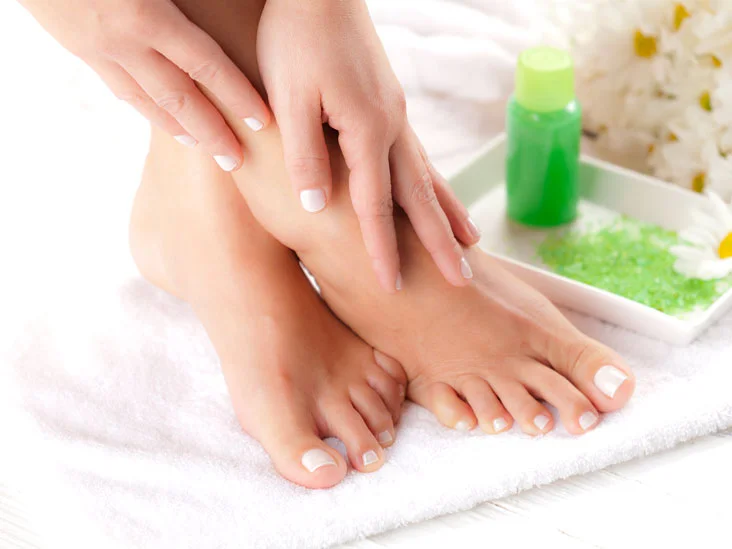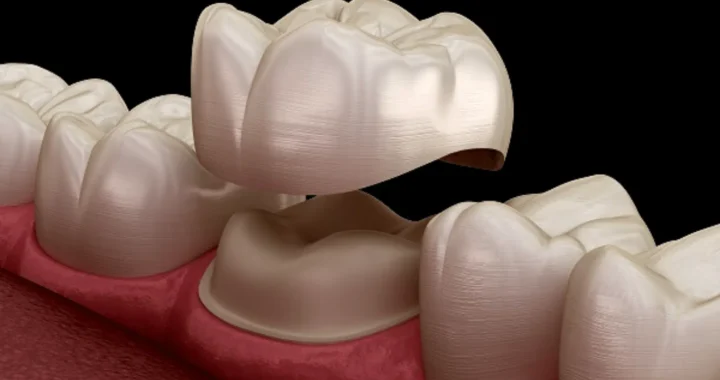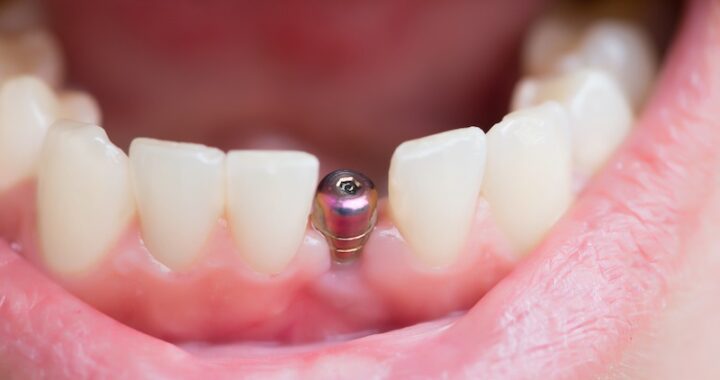5 Important Guidelines for Diabetic Foot Care

Diabetic foot concerns like infections, gangrene, and ulcerations are among the common causes of hospitalization among most diabetic patients. Approximately ten percent of Americans are diagnosed with diabetes, and most of these people suffer from diabetic neuropathy, which results in tingling and numbness in their feet and hands. If left untreated for long, diabetic foot ulcers can lead to life-devastating consequences such as amputation. The skilled diabetic foot Las Olas experts are skilled in addressing various diabetic foot concerns and helping restore the normal functioning of your limbs. The treatments for diabetic foot ulcers usually depend on your immediate causes; thus, you should discuss any of your foot concerns with a medical professional. Here are five vital tips for diabetic foot care.
Routine Inspection
Diabetic foot ulcers can numb your feet and cause you to hurt yourself without noticing it. That is why diabetic foot care experts recommend that you provide special care to your feet. Proper foot care involves keeping your feet clean and dry, trimming your toenails, and carefully inspecting your toes and feet every night before bed and when you wake up. Contact your healthcare provider immediately if you notice any ulcers or injuries that are not healing properly.
Wear Proper Shoes
Another effective way of preventing diabetic foot problems is by wearing comfortable and well-fitting shoes. Poor shoe wear can result in an infection or ulcers. To help determine the perfect shoes for you, you are advised to avoid high heels, avoid wearing the same pair every day, avoid lacing your shoes loosely or tightly, remove your shoes regularly for long walks, and check how the shoe fits in back, the bottom of heel, sole, length and width. For severe diabetic foot cases, your physician may recommend custom orthotics that effectively relieve diabetic foot pain.
Manage your Blood Sugar Levels
Keeping your body’s blood sugar levels in check is critical in reducing your risk of diabetic foot problems. This is because consistently high blood sugar levels tend to damage your nerve and, eventually, cause it to stop functioning. Once your nerve is severely damaged, you lose all sensation, which can trigger chronic health consequences. Most doctors recommend controlling your blood sugar levels to help relieve diabetic foot pain and retain sensation in your feet.
Routine Physical Exercises
Regular physical exercise is important in slowing nerve damage, boosting cardiovascular health, and increasing mood-improving hormone production that can help relieve diabetic foot pain. Your doctor may prescribe simple exercises such as swimming, cycling, walking, yoga, and jogging. Additionally, regular physical exercises help improve your body’s blood circulation. This will ensure your nerves get adequate blood to promote quick healing and relieve symptoms of diabetic foot ulcers.
Consider Acupuncture
Lastly, your healthcare provider may recommend acupuncture for severe diabetic foot problems. Acupuncture is a minimally-invasive procedure that is usually pain-free and works by keeping your body’s nerve fibers active and helping them to function normally. For patients diagnosed with diabetic foot problems, your doctor will carefully insert thin needles around your fingertips and toes to help relieve your pain symptoms.
Consult with a Diabetic Foot Specialist Today
Diabetic foot problems are a major health problem but can be prevented with early diagnosis and treatment. The two common triggers of this disease are poor blood circulation and nerve damage. Poor blood flow and lack of feeling can allow a small blister to become a serious infection and cause extensive nerve damage. Talk to your diabetic foot specialist if you notice any sore on your foot that indicates the likelihood of an infection. While mild diabetic ulcers can heal quickly, you are advised to follow your treatment plan to help relieve your severe diabetic foot concerns.


 Innovations in Health Screenings: Exploring the Latest Technologies in Clinic Services
Innovations in Health Screenings: Exploring the Latest Technologies in Clinic Services  Dental Crowns –Restoring Strength, Function, And Aesthetics.
Dental Crowns –Restoring Strength, Function, And Aesthetics.  One-Person Wonder: Making Waves in the Massage Industry in Gunma
One-Person Wonder: Making Waves in the Massage Industry in Gunma  How Cataract Surgery in Nashville Improves Vision and Quality of Life
How Cataract Surgery in Nashville Improves Vision and Quality of Life  Maintaining Oral Health: The Role of Dentists in Richmond
Maintaining Oral Health: The Role of Dentists in Richmond  How to Choose the Best Implant Dentist in Sheffield: A Guide
How to Choose the Best Implant Dentist in Sheffield: A Guide